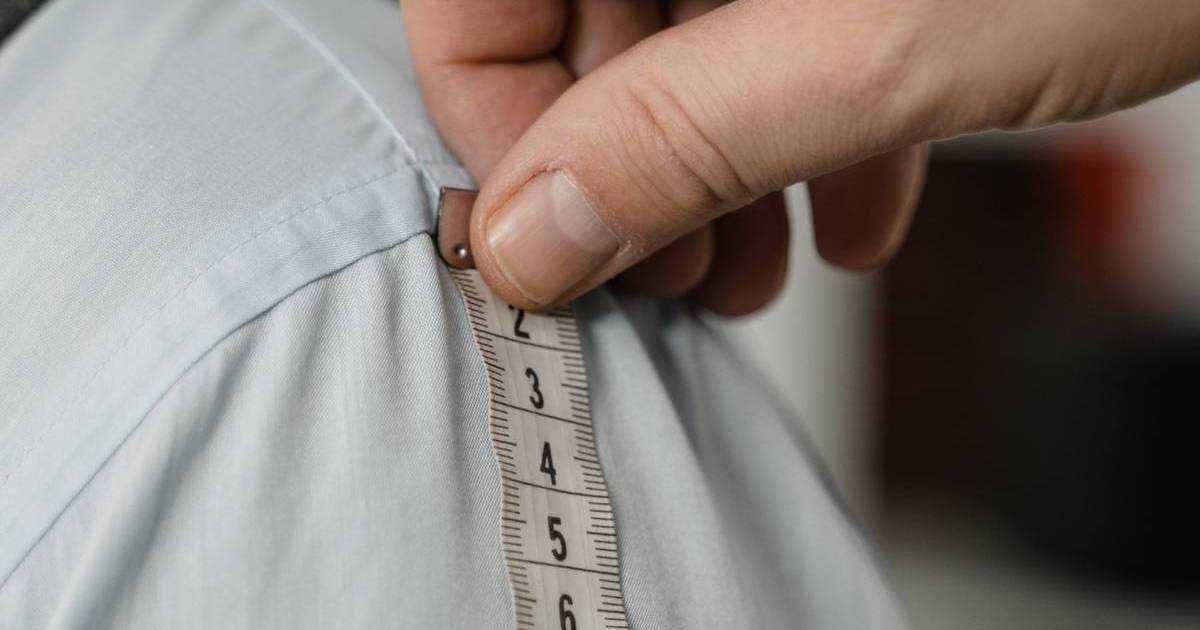The information captured from voice data is not limited to transcription of uttered words. Our voices capture information about our age, gender, emotions, health status, and identity. Both Speaker Diarization and Speaker Identification identify individuals from their uttered speech.
What's Speaker Diarization?
Speaker Diarization aims to answer the question “who spoke when” in a meeting, interview, or any other audio recording that contains multiple speakers. Speaker Diarization deals with finding speech segments of the same speaker without prior knowledge.
Speaker Diarization makes Speech-to-Text transcripts readable and analyzable for both humans and machines.

What’s Speaker Identification?
Speaker Identification identifies “known” speakers. The task of Speaker Identification, broadly known as Speaker Recognition, is to verify the identity of a new speaker against a set of speakers’ voice prints.
Speaker Identification use cases include biometric authentication, personalization, and investigation.
What is the difference between speaker diarization and speaker identification?
In a nutshell, Speaker Diarization and Speaker Identification are similar but different technologies enabling different use cases. Both identify speakers by analyzing the voice characteristics of speakers. Speaker Identification identifies “known” speakers, whereas Speaker Diarization differentiates speakers without knowing who they are.
Speaker Identification returns recorded names of the enrolled speakers, such as Jane and Joe. Speaker Diarization, on the other hand, returns labels such as Speaker 1 and Speaker 2 without requiring speakers’ voice prints. Speaker Identification cannot identify speakers without enrolled voice prints. Speaker Diarization does not transfer information between audio files, meaning a speaker can be Speaker 1 in one file and Speaker 2 in another. Speaker Identification can identify speakers in different audio files. Jane Doe will always be Jane Doe regardless of when they speak in a recording.
Check out Eagle Speaker Recognition and its web demo to learn more about Speaker Identification and Falcon Speaker Diarization and its web demo to learn more about Speaker Diarization. If you’re unsure which works best for your use case, work with one of our experts!







